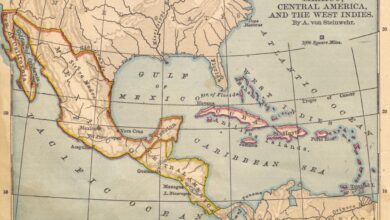How does one agency deal with coastal changes?

How does one agency deal with coastal changes?
Property
by
As the insurance landscape continues to evolve at a rapid pace, companies must strive to keep pace with disruptive challenges – especially those operating in coastal regions vulnerable to catastrophic events.
Talking to International BaccalaureateThese changes are emerging as property replacement and construction costs continue to rise, increasing the overall importance of keeping clients informed, said Brian Payne (pictured), president and CEO of Surfside Field Insurance Agency.
“We’re trying to bring that level of awareness to customers because you’re looking at a lot of square footage values in a different type of demand than we’ve seen previously,” Payne said. “We’re still seeing a lot of high construction costs. And of course, a lot of that has to do with the materials that go into these buildings in residential and commercial properties today.”
With the introduction of higher quality materials into construction, insurance services must recalibrate their offerings to align with the new valuation of properties. Payne noted that this recalibration process is not without challenges.
“You’re seeing more wind and hail discounts versus the storm and hurricane discounts that were common during a weak market,” he explained. “The flood market is still very competitive (as well).” The private sector is deeply involved in a lot of flood work, but there are scenarios where FEMA rates are still competitive for certain types of risks — although (this) is still inflated as well.
Sector challenges
As the sector changes and challenges continue to evolve in unprecedented ways, for Payne and his team, their success depends largely on their ability to remain flexible – and always keep their ears to the ground.
“There’s been a lot of change and a lot of disruption in the short term,” Payne explained. “There are a lot of non-renewals happening in the market, and carriers that have concerns about capacity and exposure. For us, (maintaining) our relationships with our wholesale brokers to understand some of the capacity constraints, to understand how much growth they are looking to achieve in certain markets.” – That’s a big part of the equation.
The key to this strategy, according to Payne, is a deep understanding and communication with insurers and carriers, ensuring the agency is aligned with those actively seeking to expand their portfolio.
“This allows us, from a sales production side, to have confidence in approaching our markets and our insurers to take certain risks,” he added.
Transparency of insurance prices
However, Payne is quick to point out that the complexities of reinsurance, modeling, and various aspects of the industry that impact insurance rates are not always transparent to the end consumer.
“Not everyone understands that to the extent that I feel like we do,” Payne explained. “Understanding this business the way it is done, allows us to be able to have confidence in what we do day in and day out and educate the consumer. A lot of times the typical response from the consumer is, ‘I haven’t received a claim.’ I don’t understand why my rate is so high.” . However, over the past few years, there have been some carriers whose services have not been renewed, have become insolvent or have withdrawn from the market completely due to these challenges. I think the appetite of some carriers will continue to improve — but at the same time you can’t forget how much exposure there is when it comes to a catastrophic event.
Payne said he looks forward to whether or not these trends will continue in the sector International Baccalaureate That pressure on the deductible side of catastrophic wind and space will remain.
However, he is confident that new tools can help. “I truly believe that the technology piece will continue to gain traction year after year in this industry.”
For Payne, the digital advance represents a major leap forward in efficiency and accuracy. The move towards online policy book and simplification of issue coverage are prime examples of how the industry has increased accessibility and ease of use.
“I’ve been doing this for over 20 years, and now the production of these policies and the issuance of coverage has become more streamlined over the years,” he said. “I really think this is going to continue. We’re starting to see that some systems are very advanced in terms of pulling data and detail on properties and geocoding to figure out exactly where those risks lie. Then that information is transferred back to the carrier so they can price the risks appropriately.”
Related stories






Fetching comments…